The 500-plus articles by a wide range of scholars in The Classical Tradition (Harvard University Press Reference Library), edited by history professor ANTHONY GRAFTON, Glenn W. Most, and Salvatore Settis, consider how the ideas and figures of antiquity — including poets, rulers, and historians — have influenced science, politics, and culture since the fall of Rome.
In a collection of nine stories, The Empty Family: Stories (Scribner), author and visiting professor COLM TOIBIN “doesn’t shy away from the hard stuff,” wrote a critic for The New York Times, including that “point in life at which a person begins to suspect that everything interesting and exciting has already happened.”
M. SUKRU HANIOGLU, chairman of the Near Eastern studies department, explores the life and ideas of the founder of modern Turkey, Mustafa Kemal Atat¸rk, in Atat¸rk: An Intellectual Biography (Princeton University Press). He examines Atat¸rk’s youth as a Muslim boy, his education in nonreligious and military schools, and his part in transforming Turkey from a feudal monarchy into a secular republic.
In By the Numbers (Copper Canyon Press), English and creative writing professor JAMES RICHARDSON ’71’s latest collection of poems and aphorisms, “there is a range of forums wherein our narrator finds himself haunted and perplexed by his own disappearing life, by his own memories and losses. He tries to shape them into something like meaning,” wrote a reviewer for Coldfront magazine.
SLOBODAN CURCIC, professor of art and archaeology emeritus, examines the architectural heritage of the Balkan peninsula from late antiquity to the dawn of the modern era, in Architecture in the Balkans: From Diocletian to S¸leyman the Magnificent (Yale University Press). In the book’s introduction, he calls his work a “study of the Balkans as seen through the lens of architecture.”
In Second Skin: Josephine Baker and the Modern Surface (Oxford University Press), ANNE ANLIN CHENG ’85, professor of English and African-American studies, tells the untold story of Baker, the black burlesque star, as a principal figure in the making of some of the most enduring ideas in Euro-American Modernism. The book tracks the ardent and protean conversation between the making of a Modernist style and the staging of a new black visuality.
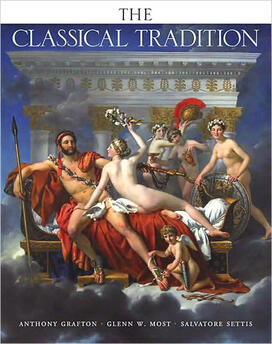
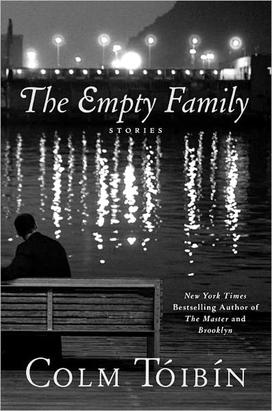
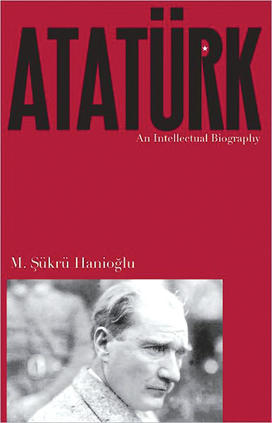
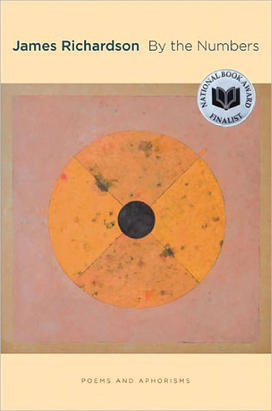
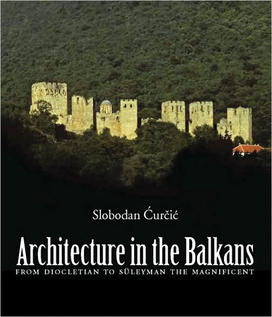
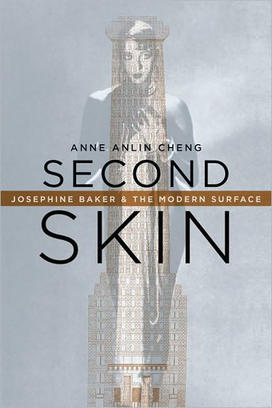







No responses yet